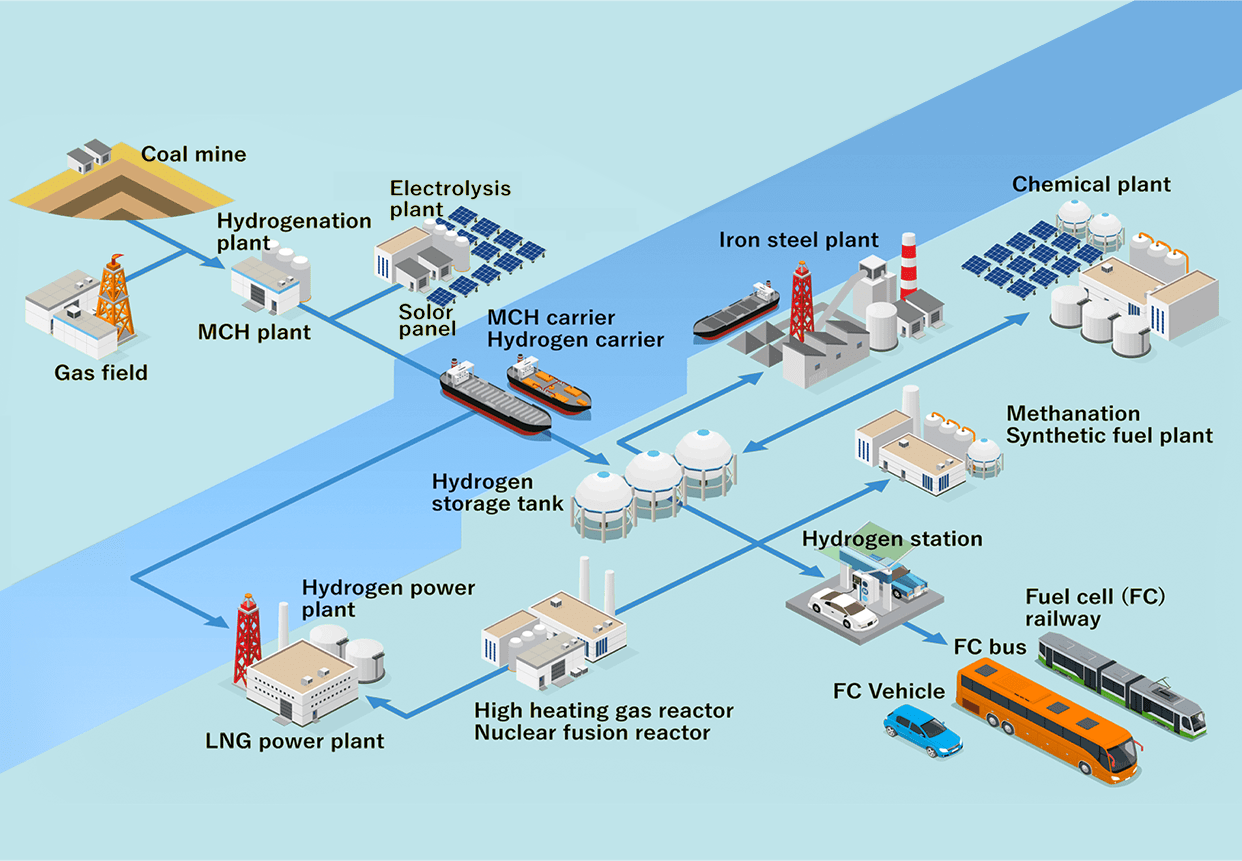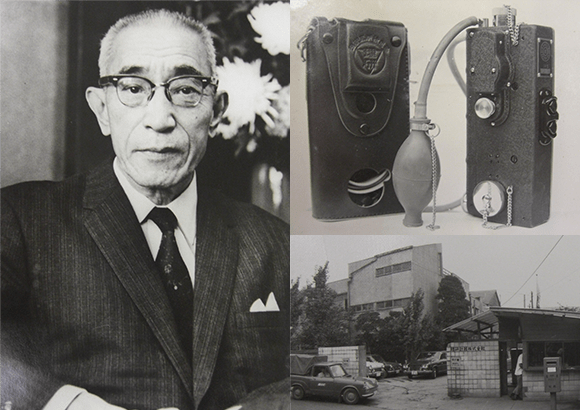Solution for
decarbonization technologies
Real Time
Gas Monitoring
System
possible with Riken Keiki

SCROLL

SCROLL
RTGMS is a semi-custom made system that combines
Riken Keiki's proprietary gas detection and alarm units with calorimeters.
By combining our existing gas detection and alarm units with calorimeters,
we have managed to produce gas monitors that meet the requirements of customers.
Examples of fields where a
RTGMS makes a difference

As the system is based on gas detectors and calorimeters,
Since our company was founded in 1939 under the umbrella conglomerate of RIKEN, our management philosophy has been to create safe working environments. Our science and technology research laboratories have developed industrial gas detection warning devices, specializing in monitoring harmful gases in the work environment, as well as for explosion prevention from combustible gases. Without compromise, we continue to challenge ourselves to be technological leaders, developing and manufacturing a wide range of industrial gas detection systems and monitors. From large-scale gas detecting alarm systems to small-sized personal gas monitors for safety protection; used in many industries including semiconductor and LCD plants, petroleum complexes, steelworks, various tankers, oil storage stations, underground gas facilities, and volcanoes.

The “RIKEN Gas Detector” utilizing the principle of light wave interference, was exhibited at the 1937 Paris World Exposition. Its subsequent use greatly contributed to the prevention of accidents in coal mines where many fatalities were prevalent at the time. On the 15th March 2019 we celebrated our 80th anniversary. Supported by our history and tradition we shall further improve long established technology, and continue to innovative. Developing reliable quality products in response to the diverse needs of industry.

Utilizing our established overseas network, you could purchase
our product and services all over the world.
If you provide us with this information, we will consider it and get back to you in two weeks with a response on feasibility and an estimated price.
Inquiry Form